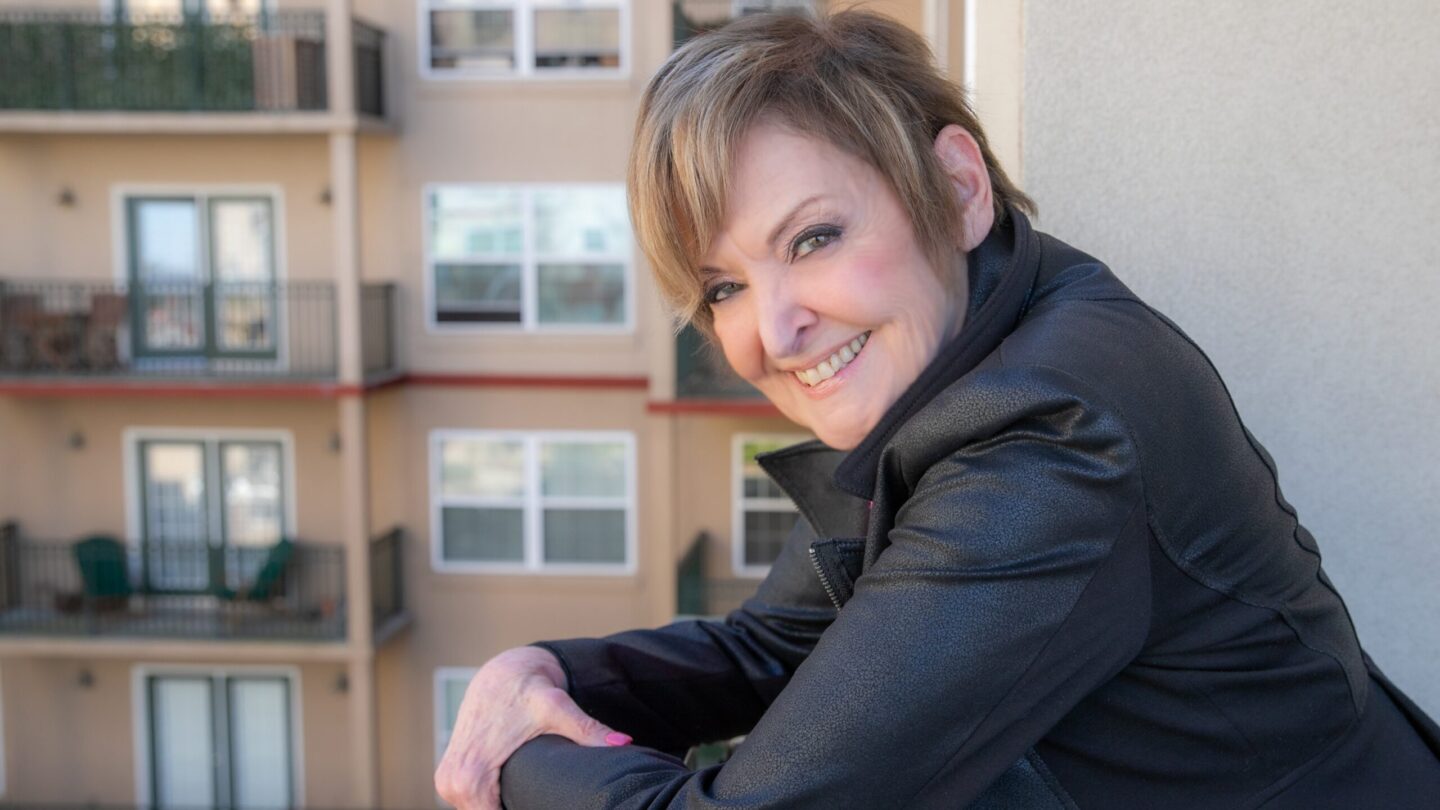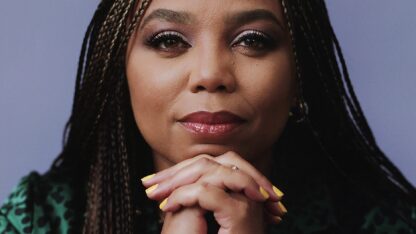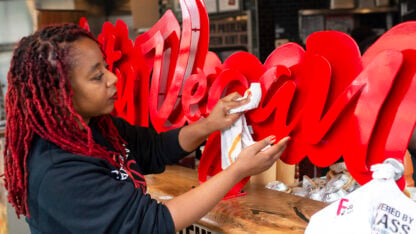Book 'Painting in the 1980s: Reimagining the Medium' reviews art during that dynamic era

In the 1980s, conservatism prevailed in social, economic, and political life. Popular culture of the decade reflected and reacted to that conservatism, as well. For many, the embodiment of the ’80s was the yuppie – a baby boomer with a college education, a good-paying job and expensive taste.
Art during that dynamic era is examined in new ways by the Atlanta-based scholar and curator Rosemary Cohane Erpf. Her recent book is “Painting in the 1980s: Reimagining the Medium.” She joined “City Lights” host Lois Reitzes via Zoom with Atlanta-based artist and Georgia State University professor Craig Drennen.
Interview highlights follow below.
Why the painted art of the 1980’s deserves a closer look:
“If you compare it to the first part of the 20th century, you have all the greats. You have Munch. You have Picasso. You have Matisse, and following that, you have all the great abstractionists – Mondrian, Malevich – and there’s a lot to write about that, because it was the beginning of modernism. And the late 20th-century pop art, yes, it included painting, but not really as much as it was about this content with consumerism, popular culture. And then other movements were not so much centered on painting. We had a lot of non-painting movements – installation, art, photography, video and performance, and minimalism took the stage.”
She continued, “This painting resurgence in the ’80s, and painting that followed it, has really not been discussed from a total art historical vantage point. And I thought that was a paucity in the literature, and I wanted to address it, as we have just enough distance from that period to consider it an art historical micro-period, or period itself.”
A new chapter for New York artists and collectors:
“To paint in a figurative mold was a punishable crime in those days,” said Erpf. “So we have the ‘New Image Painting’ show, and I begin with that, and talk about the reintroduction of painting of imagery and the way that is fused with other painting styles. I think that’s very important. And also, I talk primarily about Susan Rothenberg, who was in lower Manhattan in the ’70s, and that that crowd, that art group, was what set the stage for the ’80s, where art boomed, and artists flocked to New York… The eighties has its own sort of charm and problems, in terms of conservatism, but also it’s a decade that saw the art market go from what it used to be to this mega industry.”
“As the art market was growing, at that time, Lower Broadway was growing in these old… industry buildings [which] became malls of galleries. My gallery was on a ground floor. That was a plus. But you could take the elevator, open on any floor, get off and go to a gallery or two,” said Erpf. “There was a lot of disposable income at that time, so people started buying art, and to sell art, dealers liked to label things. And so the term ‘neo-expressionism’ or ‘neo-conceptualism,’ neo-Dada,’ all these kinds of terms came into play as well as the overarching term ‘postmodernism.’ So there were all these discussions about, ‘was this postmodern? Was it neo-expressionism?’ And as I show in the book, the artists just reject those labels completely.”
A professional artist’s multi-disciplinary perspective on the book:
“I like how it starts with 1978, because ’78 was an important year,” said Drennan. “You had Hip-Hop really leading the way in what will be called ‘appropriation,’ with sampling… But in 1978, there’s a show at the Whitney Museum called ‘New Image Painting.’ Basically, it was for generations of painters who had grown up experiencing contemporary graphic design, so starting with a blank surface of one color and putting a figure in the middle of it, with no context necessary. Suddenly that seemed innovative.”
He went on, “Then, downtown in ’78, the New Museum hosted an exhibition called ‘Bad Painting,’ which was just what it sounded like. Like, what makes something bad, and poor taste, and et cetera? Why is that interesting? And all these things; you could feel the rumblings back then, that things were about to change.”
Rosemary Cohane Erpf’s new book “Painting in the 1980s: Reimagining the Medium” is out now and available here.








